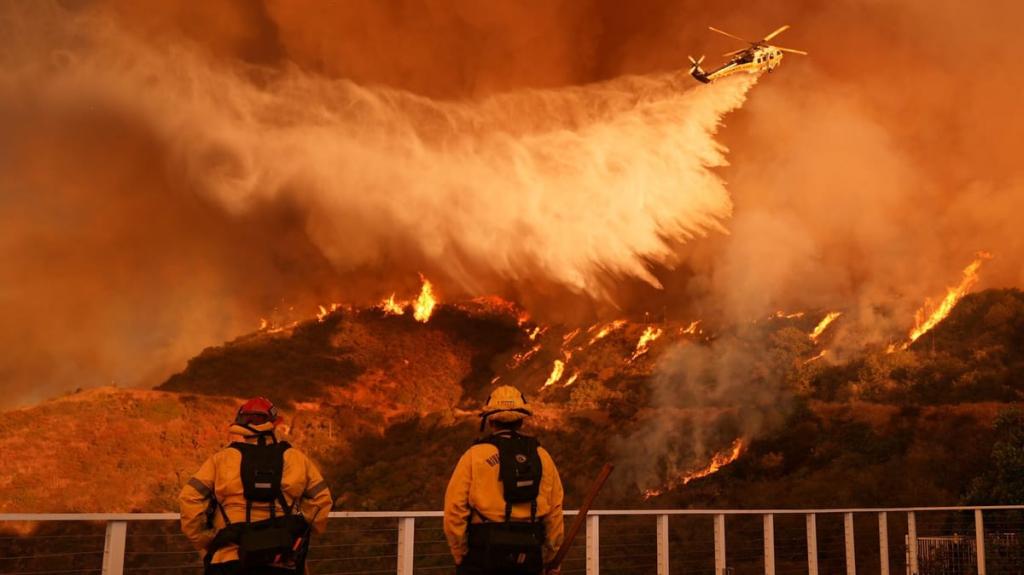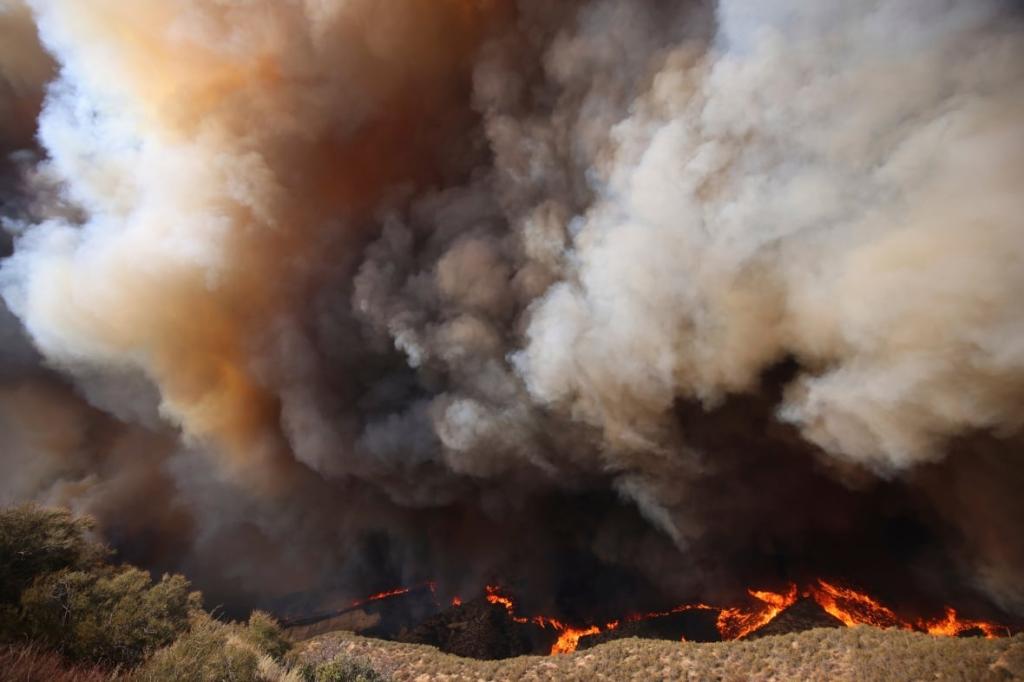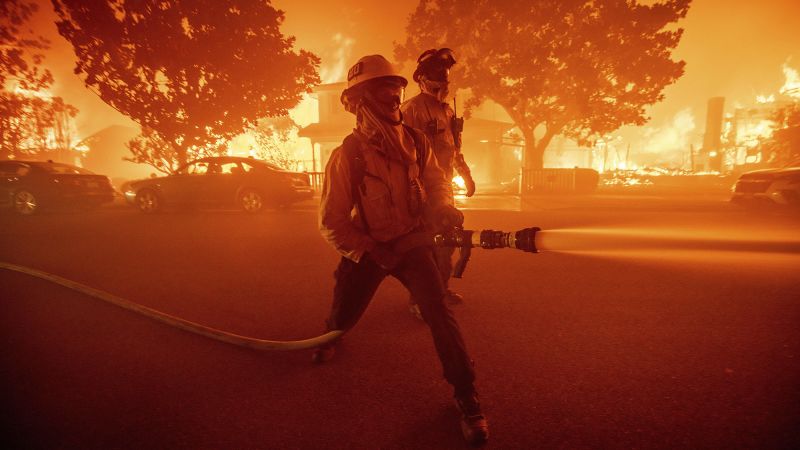Pacific Palisades Wildfire Threatens Homes and Communities
Wildfires in Pacific Palisades threaten homes and communities, highlighting the urgent need for preparedness and resilience in the face of climate challenges.
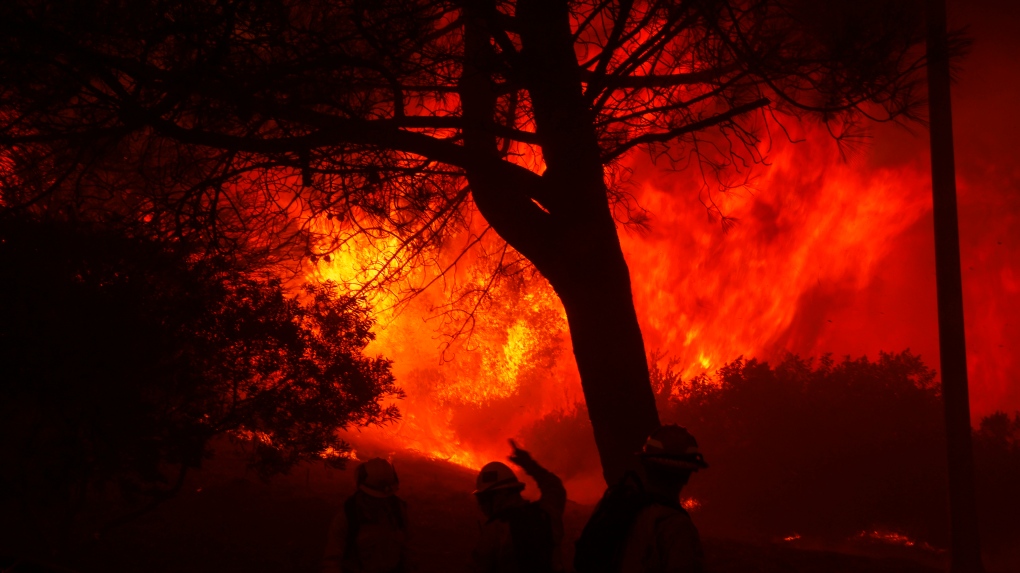
Key Points
- The Pacific Palisades
wildfire has consumed over 1,200 acres, prompting urgent evacuation orders for thousands of residents.
- Extreme winds and ongoing dry conditions have significantly heightened the risk of wildfires in Southern California, stressing the need for community preparedness.
- Community support and improved fire management strategies are essential for resilience and recovery in the wake of increasing wildfire threats.
The Pacific Palisades in Los Angeles, known for its stunning views and celebrity homes, is currently facing unprecedented challenges as fast-moving wildfires threaten the very fabric of this affluent neighborhood. With over 30,000 residents under evacuation orders, the situation is dire. The combination of fierce winds and dry conditions has created a perfect storm for firefighters battling to contain multiple blazes, including the Palisades Fire.
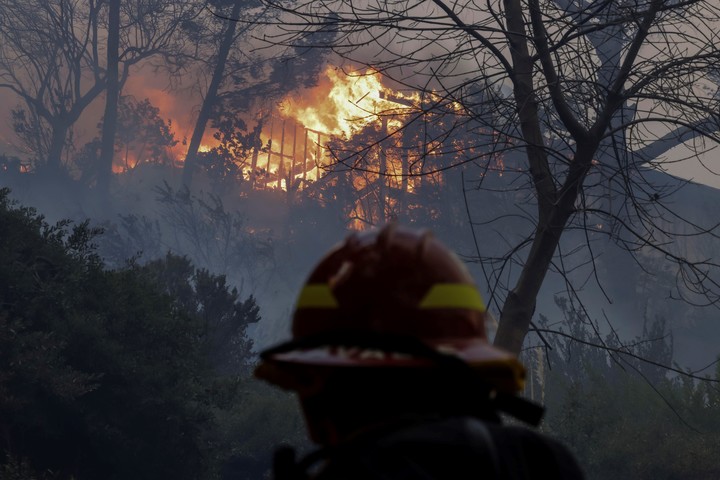
The Current Situation
Reports indicate that the Palisades Fire has already consumed substantial areas, engulfing more than 1,200 acres as of this week. Local authorities emphasize the gravity of the situation, with Kristin Crowley, Fire Chief of the
-fire-department" class="famous_name">Los Angeles Fire Department
, stating that over 13,000 structures are currently threatened. As winds gust upwards of 160 km/h (100 mph), firefighters are challenged like never before. These winds act as a catalyst, rapidly fanning the flames and making containment efforts nearly impossible.
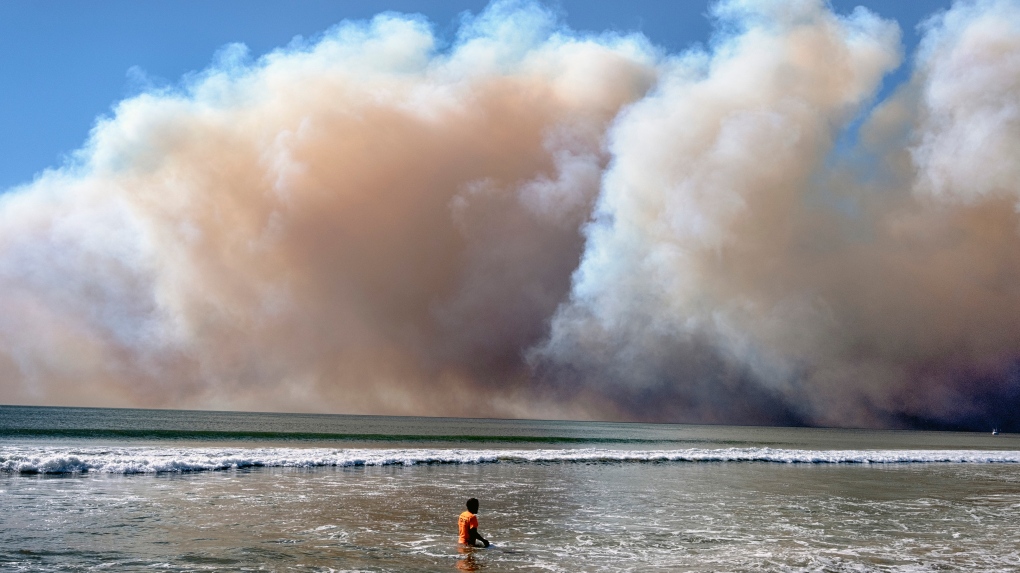
Community Response and Evacuations
The evacuation process has proven chaotic, with many residents caught in traffic jams as they attempt to flee. Eyewitness accounts describe scenes of desperation, with families abandoning vehicles to find safety on foot. Kelsey Trainor, a local resident, described how ash rained down around her as she tried to escape, highlighting the harrowing reality many are facing. "People were getting out of the cars with their dogs and babies and bags; they were crying and screaming", Trainor recounted.

Why This is Happening: The Role of Climate Conditions
Understanding the root causes behind this wildfire outbreak is crucial. Meteorologists have pointed out that southern California has experienced extremely dry conditions, with hardly any rainfall since early May. Compounded by the lingering effects of climate phenomena such as
, which typically leads to drier conditions, the region finds itself in a precarious state.
, a climate scientist, indicated that the unprecedented combination of dry vegetation from a wet previous season followed by strong winds sets the stage for increased fire risk.
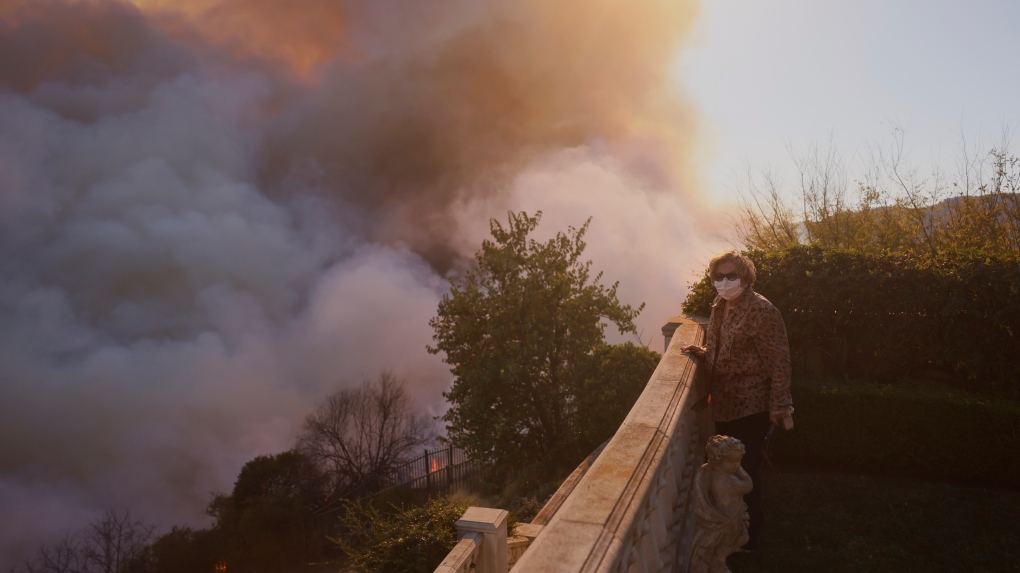
Lessons Learned and Looking Forward
The Pacific Palisades fire serves as a stark reminder of the increasing frequency and intensity of wildfires due to changing climate conditions. Communities are urged to prioritize emergency preparedness and to stay vigilant about fire risks, especially during high wind events. This could very well be a turning point for how we address wildfire prevention and response. The adoption of tools like fire tracking apps and community alerts can empower residents to make informed decisions swiftly.
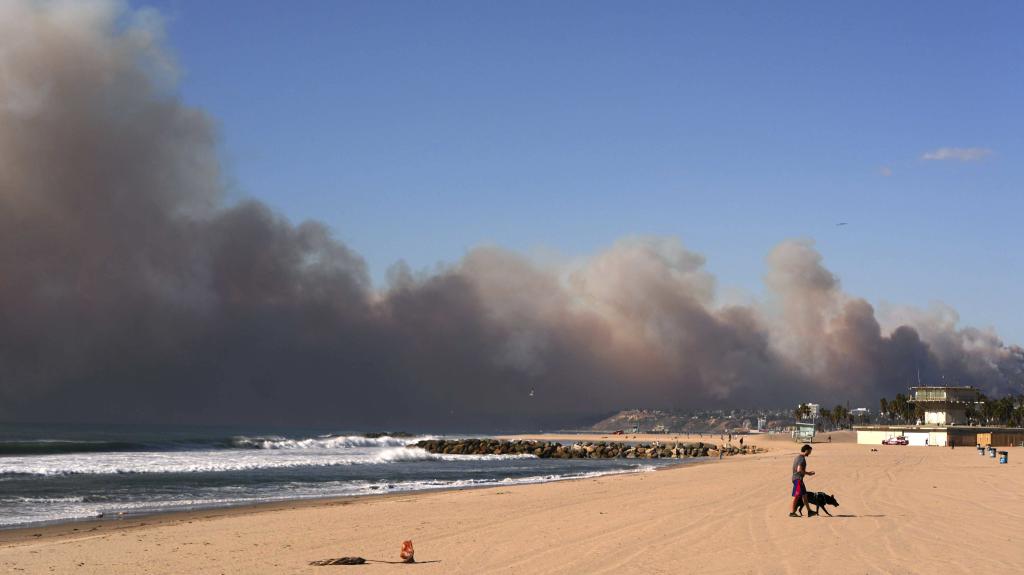
Support for Affected Residents
In these trying times, community support is paramount. Residents are encouraged to reach out to local organizations that are mobilizing resources to assist those displaced by the fires. From shelters to food banks, every bit of help counts. Additionally, sharing information through social media can aid in spreading awareness about resources available, ensuring that those affected are not left to fend for themselves. Together, we can overcome this adversity and aid one another in recovery efforts.
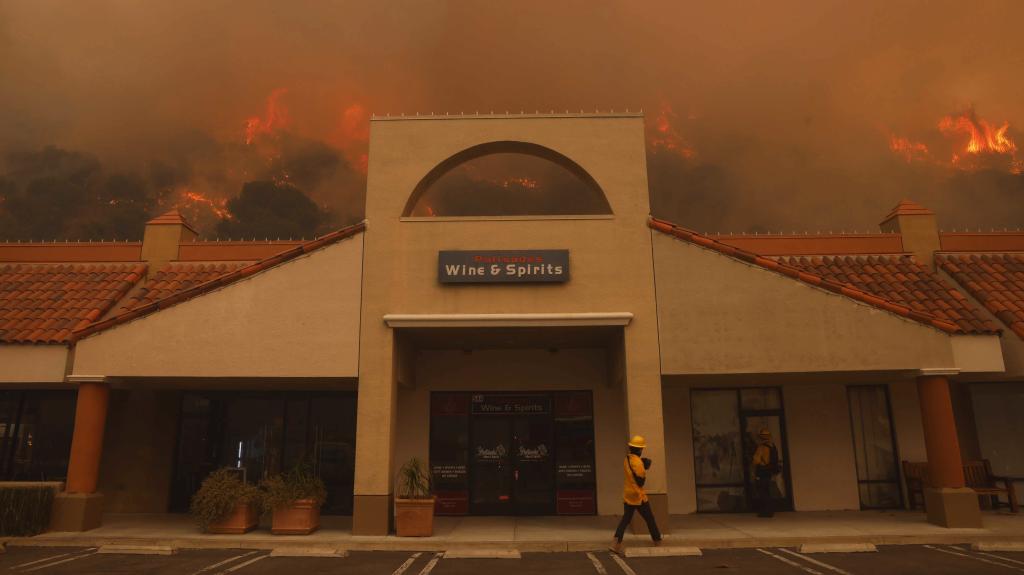
As the fires continue to rage, it is essential that we not only focus on the immediate crisis but also on the underlying issues that contribute to these devastating events. By fostering community resilience and improving fire management strategies, we can better prepare for the future. Let’s stand united in the face of these challenges and support each other, ensuring that we emerge stronger from the experience.
